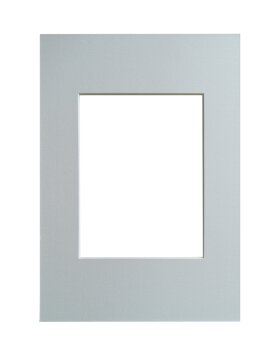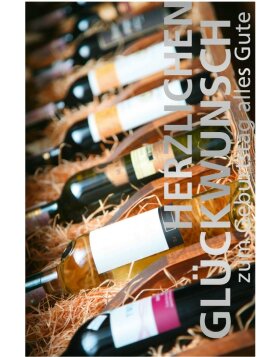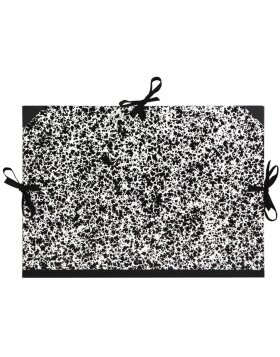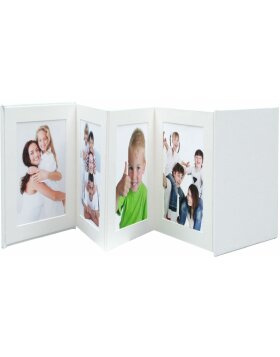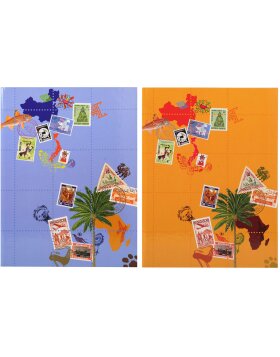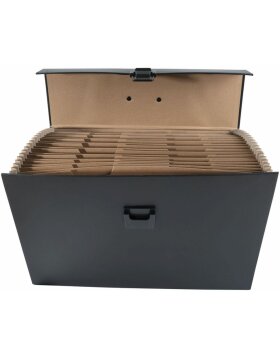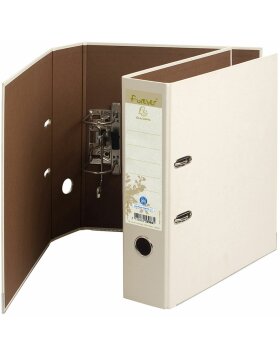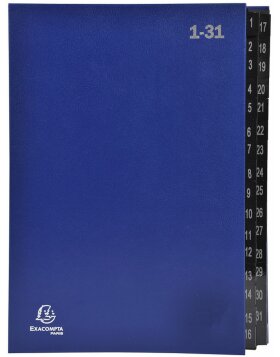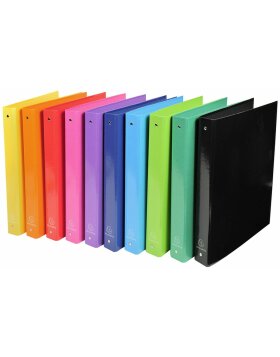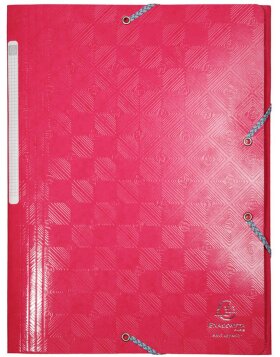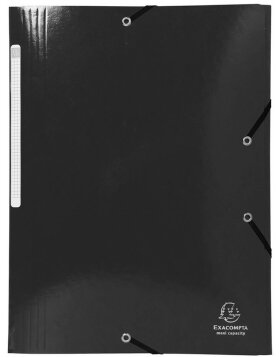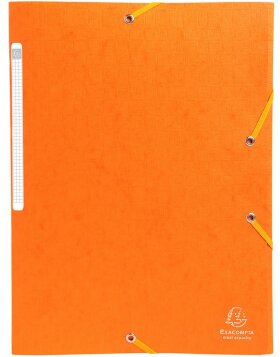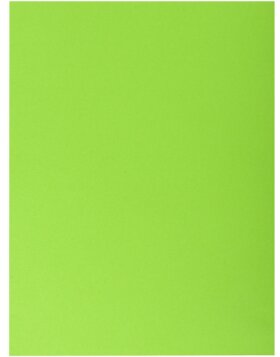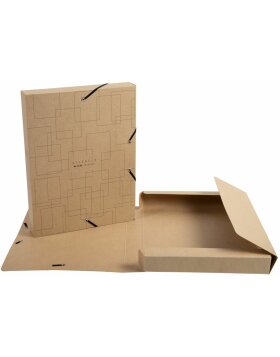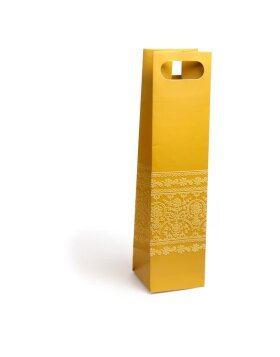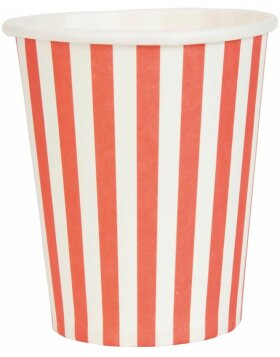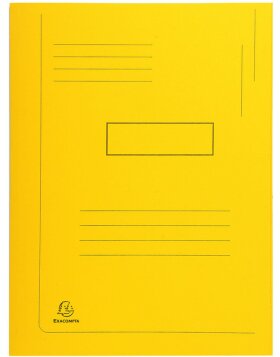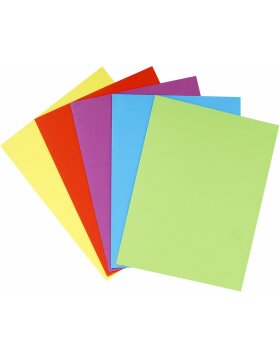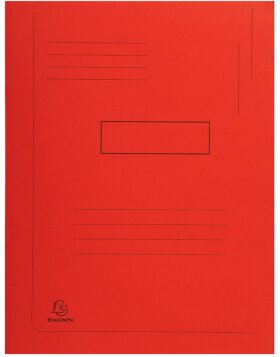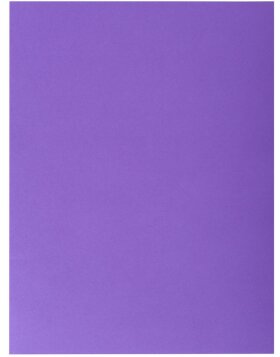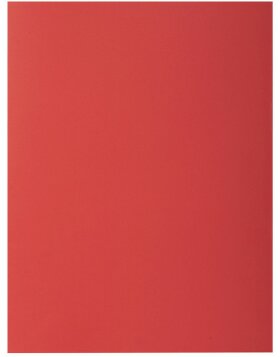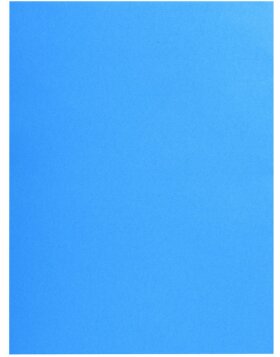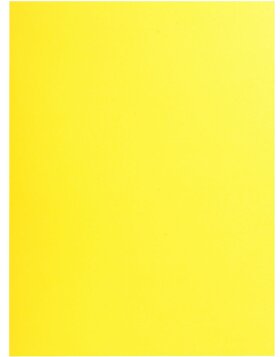Item with Material: Cardboard
FAVORITE PRODUCTS FROM THIS CATEGORY
History and production of cardboard
Cardboard is a material that has long been an essential part of various aspects of our everyday lives. But what exactly is cardboard and how is it made?
The history of cardboard can be traced back to the 15th century when the first paper mills were established in Europe. Cardboard itself is a type of paper, but it is thicker and sturdier. The production of cardboard is similar to that of paper: wood fibres are soaked in water and turned into a pulpy mass. This mass is then spread out in machines and dried to create a flat, even surface. The dried "sheet" is then pressed several times to achieve the desired thickness and stiffness. Modern paperboard can consist of a single layer (single-ply paperboard) or multiple layers (multi-ply paperboard) that provide additional strength and durability.
Use of cartonboard in the creative industry
Cartonboard has proven to be particularly useful in the creative industry due to its versatility, robustness and adaptability. A notable example of this is the use of cardboard in photo albums. These photo albums, often handmade and carefully designed, use cardboard as a structural base on which to present photos and memories. The use of cardboard not only provides a physical medium for the display of photos, but also a protection for the memories they contain.
Another example of the use of cardboard in the creative industry is bevelled mounts for picture frames. These mattes are used to highlight a work of art or photograph while providing a physical protective space between the image and the glass of the frame. Cardboard is an ideal material for this application as it is light enough to make it easy to handle, yet stiff enough to provide a stable separation.
Cardboard in product packaging
Another area where cardboard plays a significant role is in product packaging. From shoe boxes to packaging for electronics and household appliances, carton offers a cost-effective, lightweight yet robust solution to protect and display products. In addition, photo boxes, which are often used to display and protect valuable photos or artwork, are often made of cardboard.
Cardboard offers the added advantage of being easy to print and personalise, allowing companies to effectively promote their products. Cardboard is also environmentally friendly as it is biodegradable and often made from recycled materials.
In summary, cardboard is an indispensable material in many different areas. Its versatility and adaptability, coupled with its resilience and environmental sustainability, make it an ideal material for a wide range of applications. From creative industries to product packaging, cardboard shapes our everyday lives in many ways.







